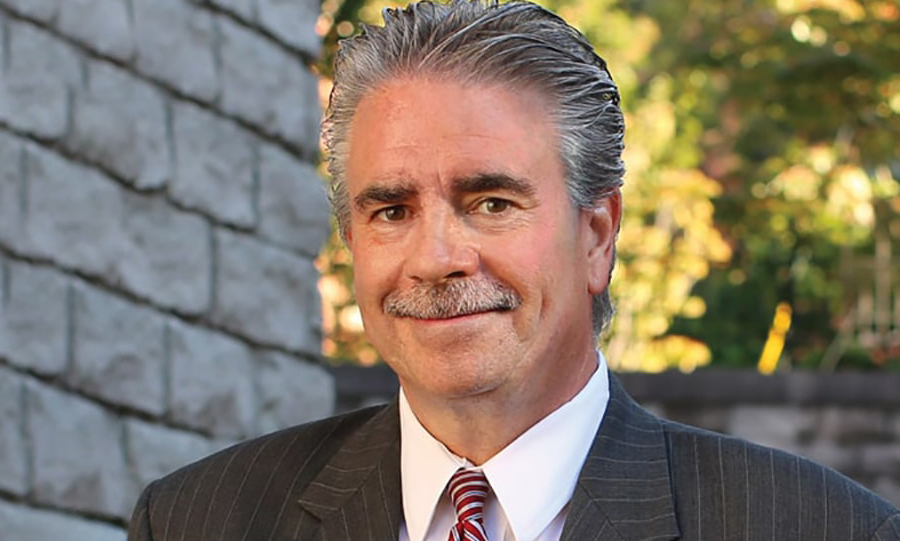United States v. Darrell L. Bryant; Gifty Kusi
Case No: 19-4179/4180
2021 WL 1016432 (6th Cir. Mar. 17, 2021)
Decided: March 17, 2021
Darrell Bryant and Gifty Kusi, husband and wife pharmacists, were each convicted of one count of conspiracy to commit health care fraud and three counts of health care fraud after a two-week trial in the Southern District of Ohio, arising out of their submission of fraudulent Medicaid claims. In 2014, the married couple opened their own addiction treatment practice in Dublin, Ohio. This is where their troubles began. Just three years after opening their own center, a federal grand jury indicted both Bryant and Kusi for health care fraud. On appeal, the defendants argued that the evidence presented did not prove they acted with the requisite mental state – knowingly and intentionally – in submitting claims to Medicaid under the incorrect billing codes. Bryant and Kusi also appealed a loss calculation, the District Court’s denial of their motion to suppress evidence, and the Court’s application of a two-level abuse-of-trust sentencing enhancement.
In 2011, Bryant and Kusi opened a Health and Wellness Pharmacy (HWP) in Dublin, Ohio. At HWP, they created and distributed “compound” pain creams to numerous patients, many of which testified that the had “no clue” why they started receiving it. While compound drugs of this type are not allowed to be produced in bulk per Ohio Board of Pharmacy Rules, they can be produced in limited quantity in anticipation of known prescriptions from specific patients. That was not the case at HWP. The District Court heard evidence that between 2013 and 2016 HWP received reimbursement of over $2 million from the Ohio Medicaid Program (OMP) related to these compound creams.
In mid-2014, Kusi and Bryant opened their own addiction treatment practice, the Health and Wellness Medical Center (HWMC). Kusi oversaw the day-to-day operations and handled the check-out process for patients and billing. This process included designating billing codes on the Medicaid claim form that corresponded to the service and products HWMC provided. Bryant was responsible for overseeing the business and its finances. The government presented evidence suggesting that patient visits only lasted about 10 or 15 minutes but were billed under a Medicaid code which corresponded with a 25-minute appointment. In 2015, there were 150 days where Medicaid claims billed under a medical director’s name included services that exceeded 24 hours for the day.
HWMC also offered counseling to patients in a group setting, which Ohio regulations limit to 12 patients per session. HWMC received almost $800,000 in reimbursements for these counseling services. The group counseling sessions at HWMC often contained 20 to 30 people and patients who testified at trial described the sessions as “not really counseling.” Additionally, some of the counselors were Chemical Dependency Counselor Assistants, while Ohio Rules require those individuals be supervised by specified licensed individuals. There was no such supervision at HWMC.
Below is a breakdown of the appellate issues and the Court’s findings:
Sufficiency of The Evidence
The Sixth Circuit held that the evidence introduced at trial provided ample support for the jury to make the inference that the defendants had the requisite knowledge and fraudulent intent to commit health care fraud regarding Medicaid claims. The standard here is “whether, after viewing the evidence in the light most favorable to the prosecution, any rational trier of fact could have found the essential elements of the crime beyond a reasonable doubt.” United States v. Vichitvongsa, 819 F.3d 260, 270 (6th Cir. 2016) (emphasis omitted) (quoting Jackson v. Virginia, 443 U.S. 307, 319 (1979)). Moreover, the Court noted that “defendants face a heavy burden in challenging the sufficiency of the evidence.” See United States v. Hunt, 521 F.3d 636, 645 (6th Cir. 2008).
The Sixth Circuit stated that the jury could infer that as the manager of “day-to-day” operations, Kusi was aware that the counseling sessions were not provided by a physician and were done in a group setting, yet still intentionally billed them under an improper code. As for Bryant, the jury could infer his intent to defraud from his role at HWMC, his misrepresentations to patients, and his efforts to conceal HWMC’s unlawful activity. Specifically, he handled the management and finances, he was heavily involved in patient-physician visits, he fraudulently held himself out to be a medical doctor. The jury also heard evidence that Bryant was attempting to conceal HWMC’s unlawful activity by firing a former employee after he refused to sign a contract that forbade HWMC employees from revealing anything about the business to the “authorities.”
Accordingly, the Court held that the record reasonably supports the jury’s finding of guilt as to Kusi and Bryant on counts related to a heath care fraud scheme.
Loss Calculation
The Sixth Circuit reviewed the District Court’s method of calculating the loss de novo and its factual findings for clear error. United States v. Maddux, 917 F.3d 437, 450 (6th Cir. 2019). The Guidelines provide that amount of loss is the greater of either the intended loss or actual loss of the scheme. U.S.S.G. § 2B1.1 cmt. n.3(A). Moreover, “for offenses involving government health care programs, the total amount fraudulently billed to the program is prima facie evidence of the intended loss.” United States v. Bertram, 900 F.3d 743, 752 (6th Cir. 2018).
The defendants argued that the lower court “misunderstood” the legal standard from this Court’s decision in Bertram by overlooking the word “fraudulently” in the phrase “total amount fraudulently billed” and failing to eliminate legitimately billed claims from the total loss amount. The Court rejected this argument, finding that the District Court specifically stated the correct standard numerous times, that they did not factor in the legitimately billed claims, and that the evidence showed that Bryant and Kusi defrauded the OMP of “$2,105,682.51 for compound creams which were found not to have been prescribed by a treating physician, were not medically necessary, and/or not provided to the patients,” and “billed $1,621,445.10 for counseling services.”
The Court rejected the defendants’ contentions that the government should have employed a sampling extrapolation approach because there is no rule that a District Court must follow that loss analysis. Accordingly, the Court found that a “reasonable estimate” of the amount of loss was made, and affirmed on this point.
Suppression Of The Evidence
Kusi alone asserted this challenge and based her argument on the notion that the Franklin County Court of Common Pleas was “not competent to issue [disclosure] orders” under the Public Health Service Acts. She believed that the government did not provide her with timely notice of the disclosure orders, pursuant to 42 C.F.R. § 2.66(b). The Sixth Circuit stated that the Act allows records to be disclosed “[i]f authorized by an appropriate order of a court of competent jurisdiction granted after application showing good cause therefor.” 42 U.S.C. § 290dd-2(b)(2)(C). Nothing in the Act indicates that a state court is not a court of competent jurisdiction, and we “may not amend or add to the plain language of a statute.” Telespectrum, Inc. v. Pub. Serv. Comm’n, 227 F.3d 414, 421 (6th Cir. 2000).
Kusi argued that notice was not given within a reasonable time and relies on United States v. Shinderman, which held that “[a]s long as the delay in notice [under § 2.66(b)] does not erode a protected party’s right to challenge the order … it makes no difference when the opportunity to seek the revocation or narrowing of a disclosure order arises.” 515 F.3d 5, 12 (1st Cir. 2008). The Sixth Circuit rejected this argument as well, holding that Kusi was afforded the opportunity to challenge the order at the suppression proceedings.
Abuse of Trust Enhancement
Finally, argued that the lower court erred in applying a two-level sentencing enhancement for abusing a position of trust under U.S.S.G. § 3B1.3. The Court imposed this enhancement because Bryant allegedly “sexually abused a victim who used heroin” and “he abused his position of public trust with the OMP to bill only for services which were medically necessary and rendered according to the OMP policies.”
On appeal, the Sixth Court rejected Bryant’s argument that the sexual assault could not be considered relevant conduct under the Guidelines because it was too far removed from the health care offenses for which he was convicted. The Court also declined to reverse the enhancement on grounds that it cannot be sustained based on his special skill as a pharmacist. Section 3B1.3 does not apply to the use of special skills when a defendant also receives an aggravating role enhancement under § 3B1.1. Although an enhancement based solely on the use of a special skill cannot be applied in addition to an enhancement under § 3B1.1, the District Court’s holding made clear it was applying the enhancement based on Bryant’s abuse of a position of trust and his use of special skills.
Moreover, the Court remarked that Bryant did abuse his position of trust because he held such position with the OMP and abused it by submitting fraudulent claims for services that were never performed or services that were not performed as billed. The Guidelines define a position of trust as one that is “characterized by professional or managerial discretion” and subjects persons holding such positions “to significantly less supervision than employees whose responsibilities are primarily non-discretionary in nature.” U.S.S.G. § 3B1.3 cmt. n.1. Bryant fits that definition. Accordingly, the Court upheld the enhancement.




